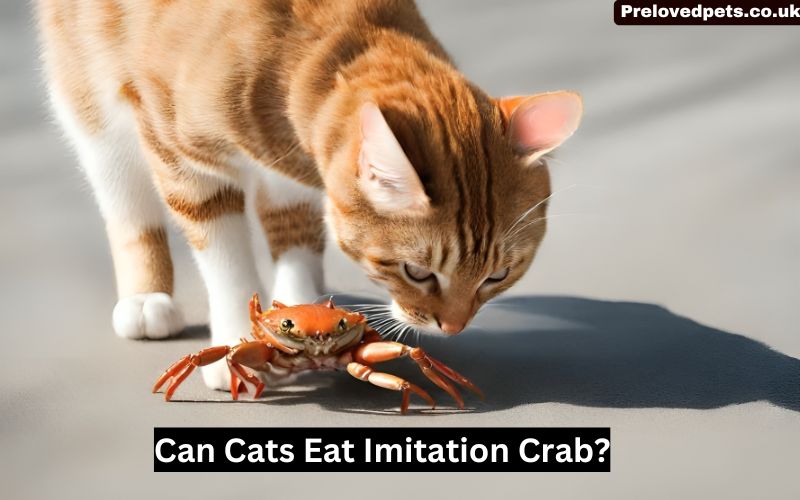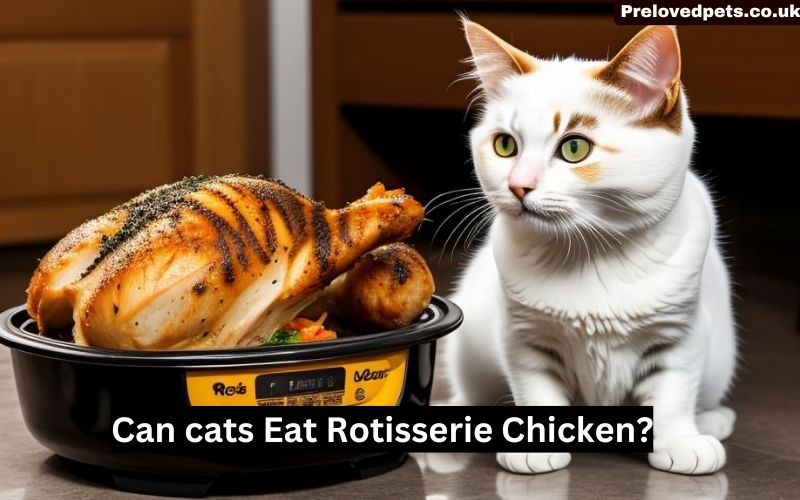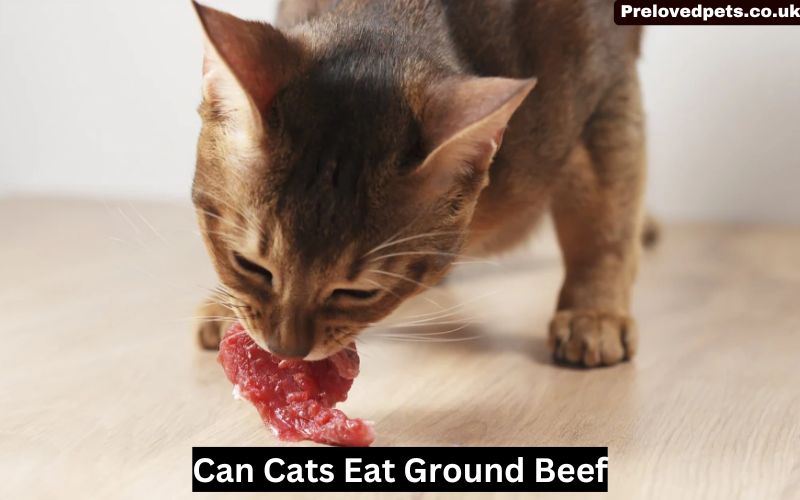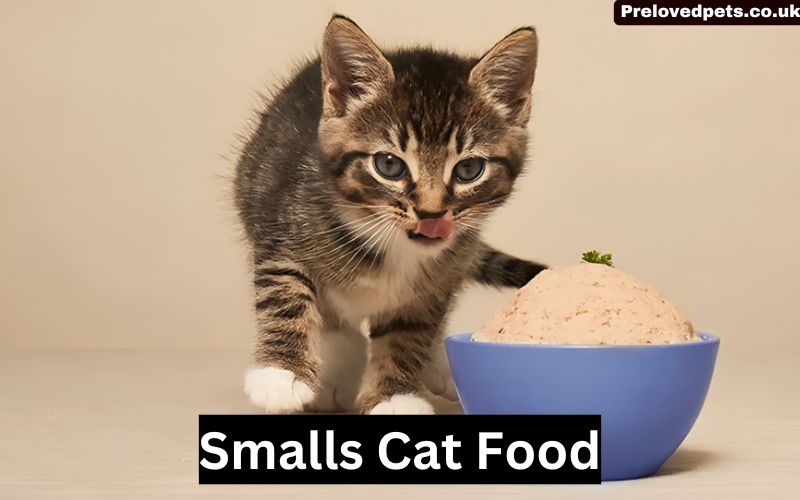Can Cats Eat Imitation Crab?
Imitation crab, often referred to as crab sticks or surimi, is a popular seafood product made to resemble real crab meat. It is a common ingredient in many dishes, especially in sushi and seafood salads. As a pet owner, you might wonder whether it’s safe to share this food with your feline companion. This article delves into the suitability of imitation crab for cats, the nutritional considerations, potential risks, and healthier alternatives to ensure your cat’s diet remains balanced and safe.
What is Imitation Crab?
Ingredients and Production
Imitation crab, or surimi, is produced by taking white fish (commonly pollock) and processing it into a paste. This paste is then mixed with various additives to mimic the texture and flavor of real crab meat. The key components of imitation crab include:
- Surimi: The primary ingredient, a fish paste made from minced white fish.
- Starches and Fillers: Used to achieve the desired texture and consistency.
- Flavorings: Added to replicate the taste of crab meat.
- Colorants: Added to give the appearance of real crab meat.
The production process involves mixing these ingredients and then shaping and cooking the mixture to create crab sticks or chunks. This process makes imitation crab a cost-effective and versatile alternative to real crab meat.
Nutritional Profile
Imitation crab is marketed as a lower-fat, lower-calorie alternative to real crab meat. Its nutritional profile typically includes:
- Protein: Imitation crab provides protein, but it is often lower in protein quality compared to real crab due to the use of fillers and fish paste.
- Fat: It is generally low in fat, making it a popular choice for people looking to reduce calorie intake.
- Sodium: It often contains high levels of sodium due to added flavorings and preservatives.
- Carbohydrates: Includes carbohydrates from starches and fillers, which are not typically present in real crab meat.
Nutritional Needs of Cats
Obligate Carnivores
Cats are obligate carnivores, meaning their diet must be primarily composed of animal tissue. They have specific dietary requirements, including:
- Taurine: An essential amino acid found only in animal tissues, crucial for heart and eye health.
- Vitamin A: Essential for vision, immune function, and skin health, which cats cannot synthesize from plant sources.
- Arachidonic Acid: An essential fatty acid needed for skin and coat health and inflammation regulation.
These nutritional needs highlight the importance of providing cats with a diet rich in high-quality animal proteins and fats.
Digestive System
Cats have a shorter digestive tract compared to omnivores and herbivores, meaning they process proteins and fats more efficiently. However, they have a limited ability to digest carbohydrates and certain non-animal ingredients, making them less suited to handle foods with added starches and fillers.
Can Cats Eat Imitation Crab?
Potential Risks of Imitation Crab
- High Sodium Content: Imitation crab often contains high levels of sodium, which can be harmful to cats. Excessive sodium intake can lead to dehydration, increased thirst, urinary tract issues, and even more severe health problems like kidney disease.
- Artificial Additives: The various additives in imitation crab, such as flavorings and colorants, may not be suitable for cats. These substances can potentially cause allergic reactions or gastrointestinal issues, including vomiting or diarrhea.
- Digestive Issues: The starches and fillers used to create imitation crab may be difficult for cats to digest. These ingredients can disrupt their digestive system and cause gastrointestinal upset.
- Potential Allergies: Cats can have allergies or sensitivities to certain ingredients found in imitation crab. Symptoms of an allergic reaction might include itching, swelling, or gastrointestinal distress.
Safe Consumption Practices
If you decide to give your cat a small amount of imitation crab, it is crucial to do so cautiously. Only offer a tiny portion as an occasional treat, and monitor your cat for any adverse reactions. However, due to the potential risks involved, it’s generally advisable to avoid giving imitation crab to your cat altogether.
Healthier Alternatives for Cats
Nutritional Cat Treats
When choosing treats for your cat, prioritize those specifically designed to meet their nutritional needs. Look for treats that:
- Contain High-Quality Animal Proteins: Choose treats made from real meat, such as chicken, turkey, or fish, without excessive fillers or artificial additives.
- Include Essential Nutrients: Ensure treats are enriched with essential vitamins and minerals that support your cat’s overall health.
- Avoid Artificial Additives: Opt for treats made with natural ingredients and free from artificial colorings, flavorings, and preservatives.
Homemade Cat Treats
Making homemade treats allows you to control the ingredients and ensure they are safe for your cat. Some ideas for nutritious homemade cat treats include:
- Cooked Chicken or Turkey: Plain, without any seasoning, sauces, or spices. Cooked meat is an excellent source of protein and is easy for cats to digest.
- Cooked Fish: Such as salmon or tuna, cooked and free from bones. Fish provides essential fatty acids and protein, but should be given in moderation due to its potential for causing digestive upset.
- Catnip Toys: Catnip can be a fun and stimulating treat for many cats, offering enrichment and enjoyment without any adverse health effects.
Commercial Cat Treats
Numerous commercial cat treats are formulated to meet feline nutritional needs. When selecting commercial treats, consider:
- Brand Reputation: Choose products from reputable brands known for quality and safety.
- Ingredient List: Look for treats with high-quality, natural ingredients and minimal additives.
- Nutritional Information: Check for treats that provide balanced nutrition and are specifically designed for cats.
The Role of Treats in a Cat’s Diet
Treats as Part of a Balanced Diet
Treats should be given in moderation and should not constitute more than 10% of your cat’s daily caloric intake. The majority of their diet should consist of high-quality cat food that meets their nutritional needs. Overfeeding treats can lead to obesity and nutritional imbalances.
Treats for Training and Enrichment
Treats can also serve as a tool for training and enrichment. Using treats as positive reinforcement during training sessions or interactive play can strengthen the bond between you and your cat. Choose treats that are low in calories and high in nutritional value to ensure they contribute positively to your cat’s overall well-being.
Monitoring Your Cat’s Health
Regular Veterinary Check-ups
Regular veterinary check-ups are essential for monitoring your cat’s health and addressing any dietary concerns. Your veterinarian can provide personalized advice on suitable treats and food options based on your cat’s age, health status, and dietary needs.
Observing for Adverse Reactions
When introducing any new food or treat into your cat’s diet, observe them for any signs of adverse reactions, such as changes in behavior, vomiting, diarrhea, or skin irritations. If you notice any concerning symptoms, consult your veterinarian promptly.
FAQs
Can I give my cat imitation crab occasionally?
While a small piece of imitation crab is unlikely to cause immediate harm, it is not recommended to regularly give it to your cat. Imitation crab contains high levels of sodium and artificial additives that are not ideal for feline health. Occasional small amounts may not cause serious issues, but it’s best to avoid it to prevent potential health problems.
While a small piece of imitation crab is unlikely to cause immediate harm, it is not recommended to regularly give it to your cat. Imitation crab contains high levels of sodium and artificial additives that are not ideal for feline health. Occasional small amounts may not cause serious issues, but it’s best to avoid it to prevent potential health problems.
What are the risks of feeding imitation crab to my cat?
The main risks include:
- High Sodium Content: Excessive sodium can lead to dehydration, kidney problems, and high blood pressure.
- Artificial Additives: Flavorings and colorants in imitation crab may cause allergies or gastrointestinal upset.
- Digestive Issues: Fillers and starches can lead to digestive disturbances, such as vomiting or diarrhea.
Can imitation crab be harmful to cats in large quantities?
Yes, consuming imitation crab in large quantities can be harmful due to its high sodium content and artificial additives. This can lead to severe health issues, including kidney damage, dehydration, and electrolyte imbalances.
What should I do if my cat eats imitation crab?
If your cat eats imitation crab, monitor them for any signs of adverse reactions, such as vomiting, diarrhea, or changes in behavior. If you notice any symptoms or if your cat has consumed a large amount, contact your veterinarian for advice.
Are there any benefits to feeding imitation crab to cats?
There are no significant benefits to feeding imitation crab to cats. The nutritional profile of imitation crab is not well-suited to the dietary needs of cats, and it contains ingredients that could be harmful. It is better to choose treats that are specifically formulated for feline health.
What are some safe treat alternatives for my cat?
Safe treat alternatives for cats include:
- Cooked Chicken or Turkey: Plain, without any seasoning.
- Cooked Fish: Such as salmon or tuna, cooked and free from bones.
- Commercial Cat Treats: Made from high-quality ingredients and designed for feline nutritional needs.
- Catnip Toys: Providing stimulation and enjoyment.
How often can I give treats to my cat?
Treats should make up no more than 10% of your cat’s daily caloric intake. Ensure that the majority of their diet consists of balanced, high-quality cat food. Use treats in moderation and as a supplement to their regular diet.
Can I make homemade treats for my cat?
Yes, homemade treats can be a great way to provide your cat with healthy, safe snacks. Some ideas for homemade treats include cooked chicken, turkey, or fish. Ensure that any ingredients used are safe for cats and avoid adding seasoning or harmful additives.
How can I tell if my cat has a food allergy?
Signs of a food allergy in cats may include itching, swelling, gastrointestinal upset (such as vomiting or diarrhea), and changes in coat condition. If you suspect your cat has a food allergy, consult your veterinarian for proper diagnosis and advice.
What should I do if my cat has a reaction to a treat?
If your cat shows any signs of a reaction to a treat, such as vomiting, diarrhea, or skin irritations, discontinue the treat immediately. Consult your veterinarian for advice on how to manage the symptoms and to determine whether any further action is needed.
By being aware of these frequently asked questions, you can make informed decisions about your cat’s diet and treat choices, ensuring their health and well-being.
See Also: Can Dogs Eat Pretzels?
Conclusion
Imitation crab is not the ideal treat for cats due to its high sodium content, artificial additives, and potential digestive issues. While a small piece may not cause immediate harm, regular consumption could lead to health problems. Instead, opt for treats specifically designed for cats or prepare healthy homemade treats to ensure your feline friend remains happy and healthy.
Choosing the right treats and maintaining a balanced diet is crucial for your cat’s well-being. If you have any concerns about your cat’s diet or health, consult with your veterinarian for tailored advice and recommendations. By making informed choices and prioritizing your cat’s nutritional needs, you can help ensure they lead a long, healthy, and happy life.




